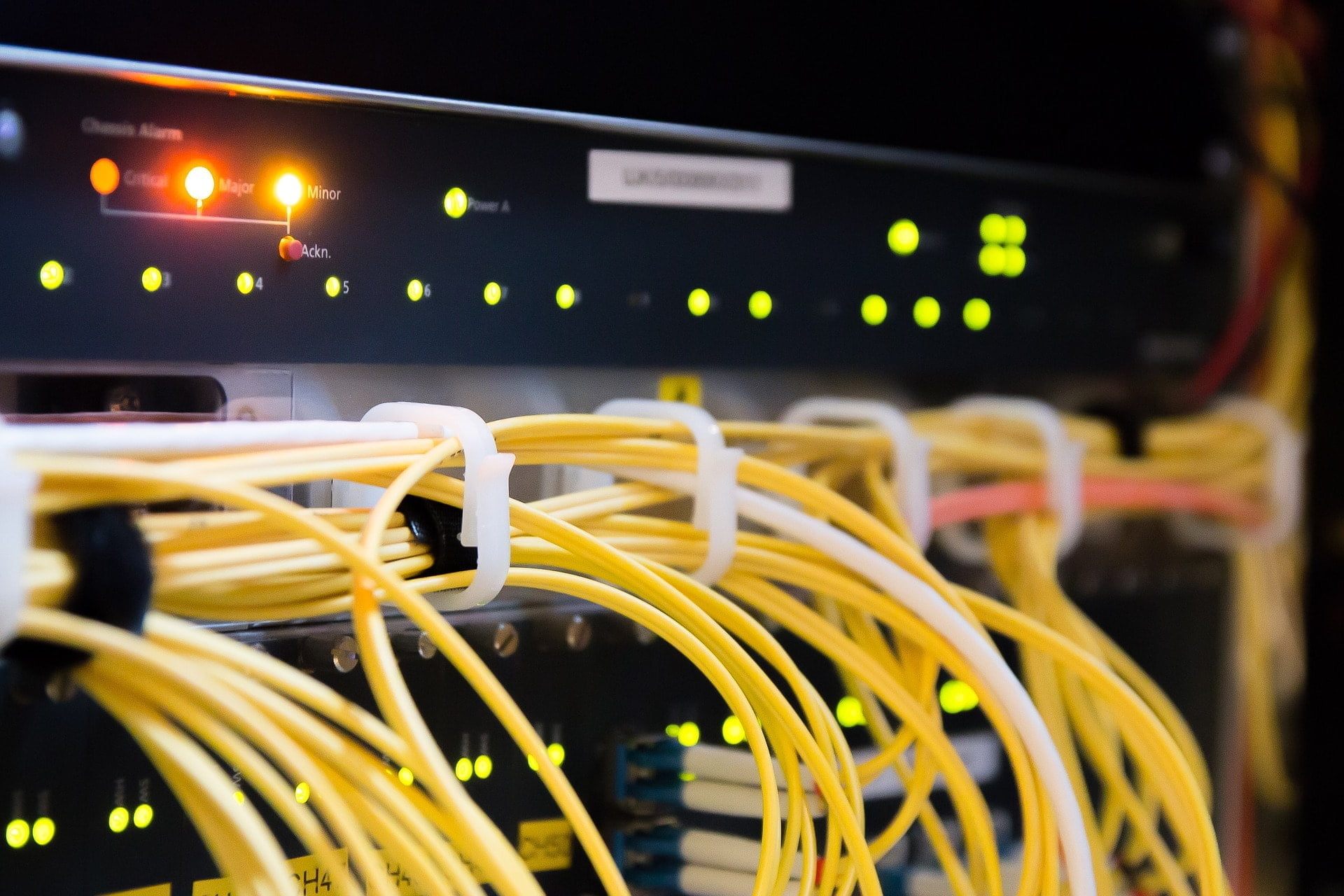Key Components to Form a Structured Cabling System
by Mashum Mollah IT Services Published on: 21 August 2018 Last Updated on: 01 December 2022

Structured cabling forms the basis of all the communication and network that binds together the devices required for conducting business. It supports the use of multiple hardware and when installed correctly, ensures that the added hardware is supported. For remodeling the old facilities and designing new models and buildings, a series of internationally approved standards are used. There are mainly two standards on which a structured cabling system is based, the ANSI/TIA-568-C.0 and the ANSI/TIA-568-C.1. The system makes sure that all the future updates are carried out in a hassle-free manner. Structured cabling imparts a consistency to the premise wiring system to facilitate easy troubleshooting.
Multiple devices run in an office atmosphere. Compiling the running of a majority of devices on a single system avoids the trouble of an infrastructure consisting of multiple wiring. It reduces downtime risk and increases the flexibility of the system. The scalability of the IT infrastructure enhances and it aids in maintaining the network integrity. Generally stating, there are total 6 key components that are used to construct structured cabling systems namely horizontal cabling, work area, backbone cabling, telecommunications closet, equipment room, and entrance facility. For a better understanding, let us dive into the details of each of these systems.
1. Horizontal Cabling
When the cabling runs from the floor wiring closet to the jack locations of different rooms, it is known as horizontal cabling. It runs beneath the flooring or above the ceiling. Some of the commonly used methods of horizontal cabling are Ceiling trays, all-thread rod, wire hangers, and conduit. It includes horizontal cable, jumpers, mechanical terminations, and patch cords. The connection between the work-area telecommunications and the horizontal cross-connect is established with the help of horizontal cabling.
2. Work Area
All the components that lie in between the ethernet and the faceplate device are included in the work area. A wiring closet or a telecommunications closet serves each work area. The components of the cable comprise of communication outlet, patch cables, computers, telephone, and other station equipment.
3. Backbone Cabling
The backbone cabling interconnects telecommunications rooms, main terminal space, equipment rooms, and entrance facilities and is also referred to as vertical cabling. It runs in between buildings, from one floor to another as well as on the same floor. The components of backbone cabling are backbone cables, mechanical terminations, intermediate cross-connects, main cross-connects, and jumpers or patch cords.
4. Telecommunications Closet or Computer Room
A telecommunications closet, also known as a wiring closet or a computer room is an essential component of the cabling system in all the buildings. It is an enclosed, cabinet-like area that houses cross-connects, terminations, distribution equipment, and other telecommunications-related equipment.
5. Equipment Room
An equipment room houses the points of wiring consolidation and equipment used to serve the residents of a campus or a building. Apart from wiring systems and mechanical terminations, an equipment room comprises switches, servers. The difference between a telecommunications closet and an equipment room is the level of complexity. The structure of an equipment room is complex as compared to that of a computer room.
6. Entrance Facility
The entrance facility comprises the entrance of any telecommunication services inside the building. It is responsible for forming a connection between the inside cabling of the building and the outside components such as transmission lines of the antenna, cables, hardware, demarcation point of the network etc.
As long as the cabling system is well managed by electrical design services, the cabling system is bound to be a success. The target simplifies as the entire system is split up into different categories. A structured system of cabling makes certain of a cost-effective as well as a reliable infrastructure and makes the identification and resolution of an issue easier.
Raed Also :







































































































